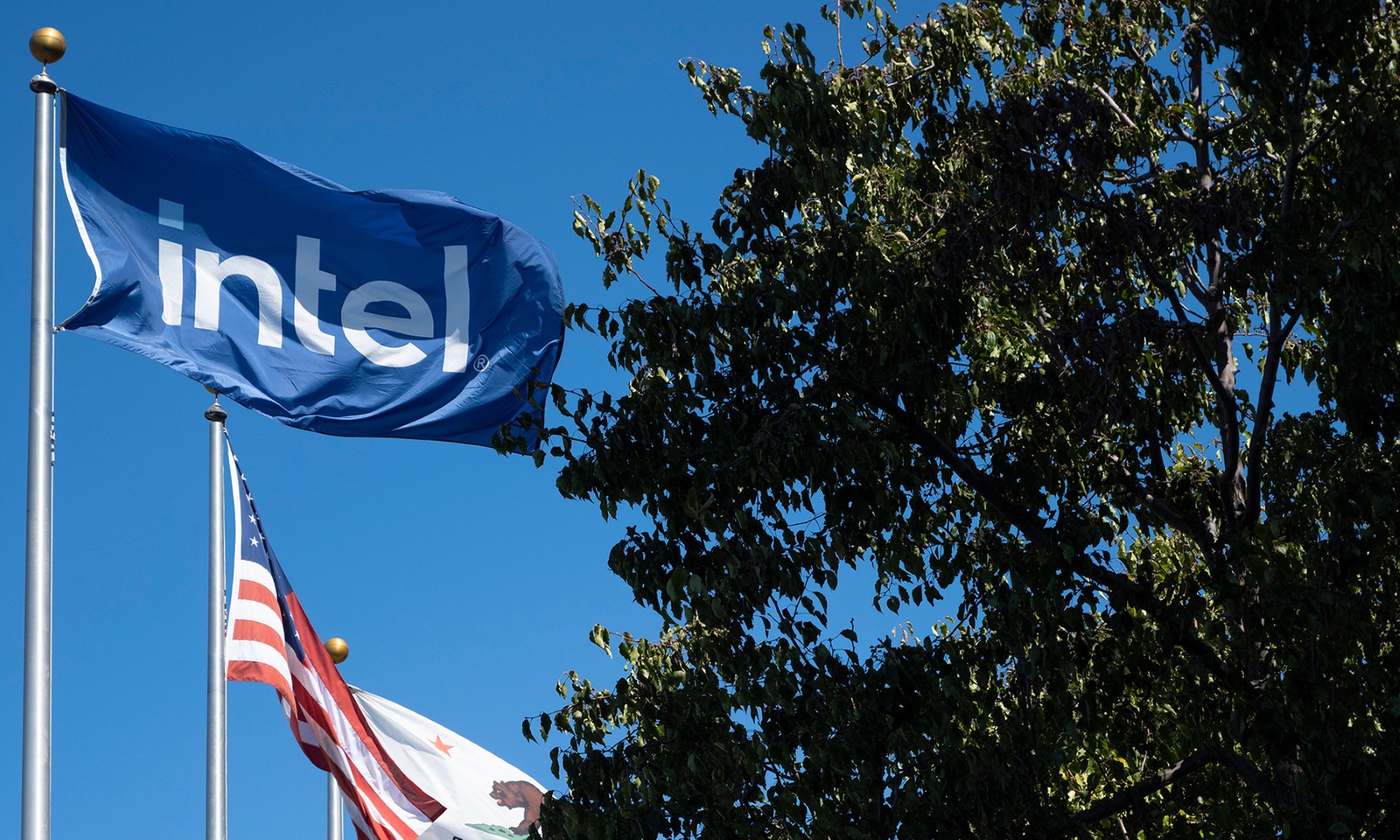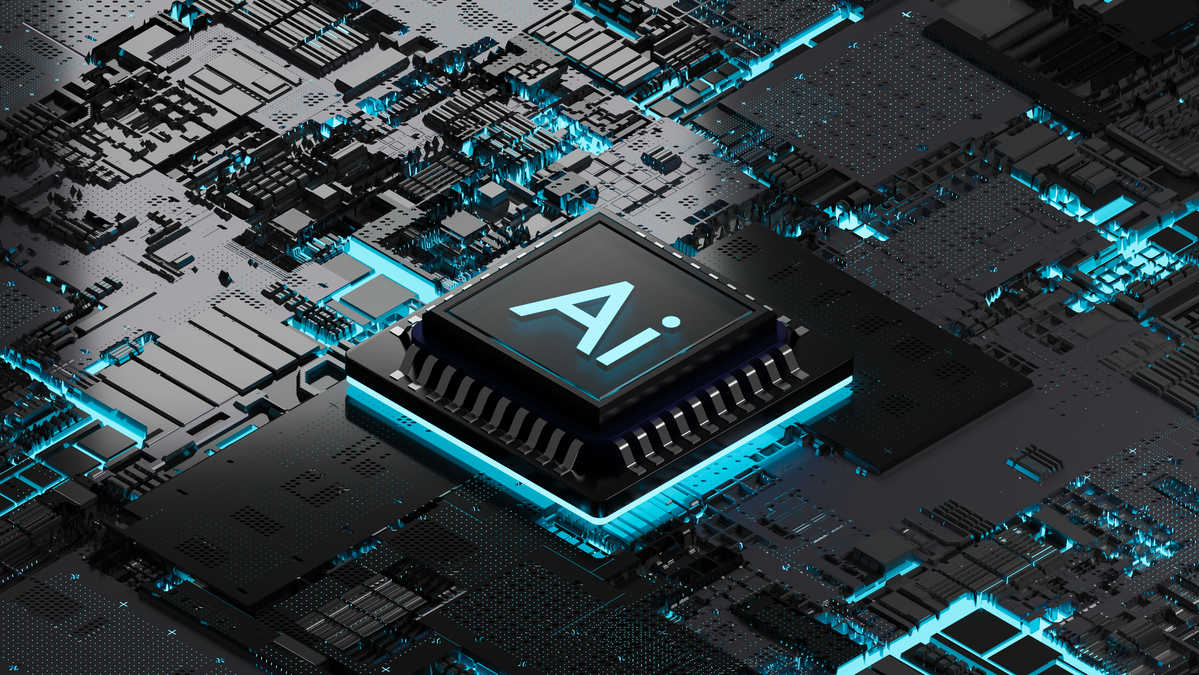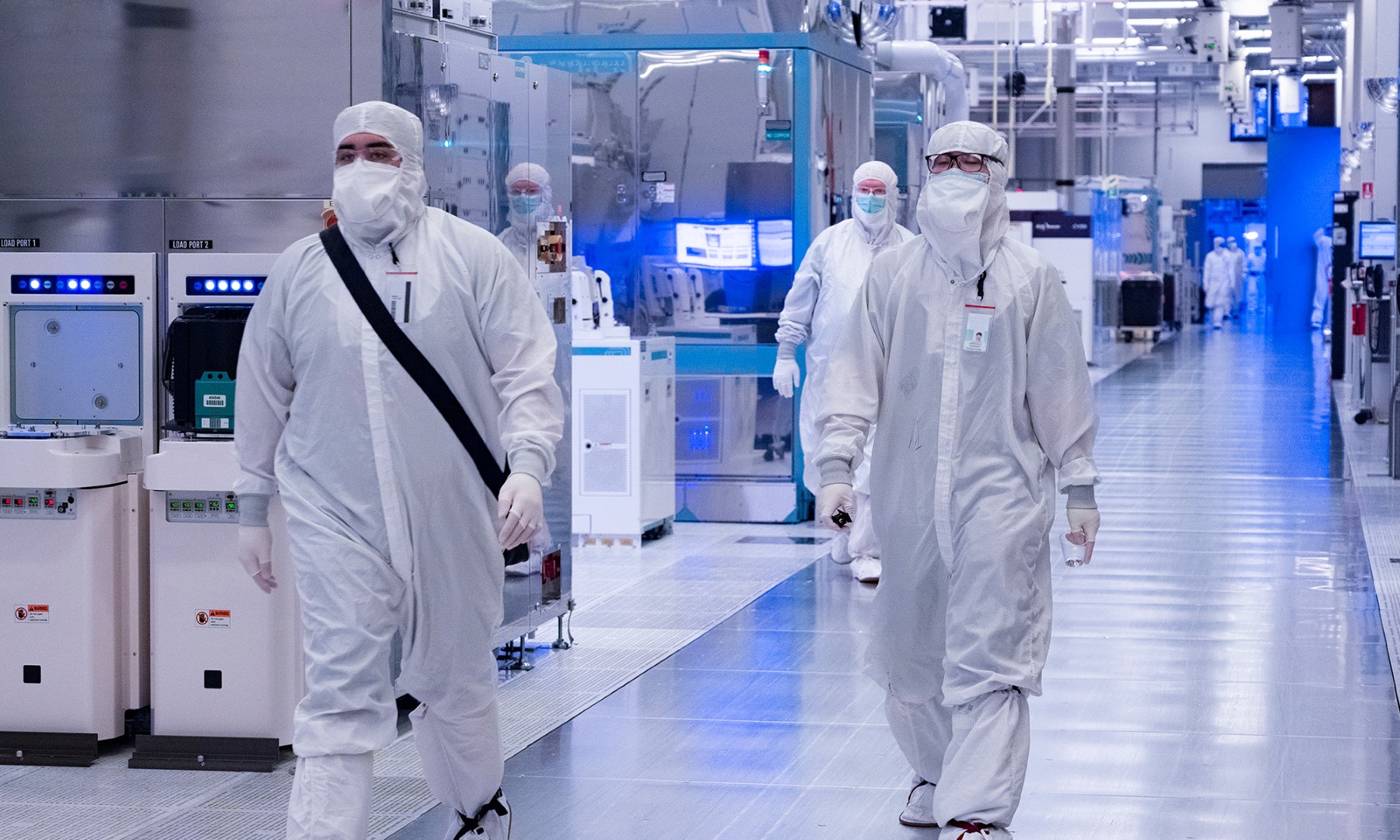In late 2018, Amazon (AMZN +0.45%) ramped up the production of its own Graviton CPUs for its own data centers. The move wasn't surprising since it acquired ARM-based chipmaker Annapurna Labs in 2016 to develop its own first-party CPUs and artificial intelligence (AI) chips.
This was clearly bad news for Intel (INTC +0.50%), the world's largest maker of data center CPUs, but the first-generation Graviton couldn't match the performance of Intel's flagship Xeon chips. However, Amazon recently introduced the Graviton2, which could significantly narrow that gap.

Image source: Getty Images.
The Graviton2 runs on 64-bit ARM Neoverse cores and custom chip designs from Amazon Web Services (AWS) and is manufactured with a 7nm process. Intel's latest Xeon CPUs are still 14nm chips, and its 10nm Xeons won't arrive until next year.
Amazon claims that the Graviton2 will offer "up to 40%" better price and performance than x86 CPUs in "a broad spectrum of workloads." Several recent industry estimates, which use ARM's Cortex A76 CPU as a baseline reference point, suggest that the Graviton2 could be roughly 24% faster than Intel's top-tier Xeons.
Amazon hasn't released any direct comparisons with Intel's Xeons or announced a release date for the Graviton2 yet. But if the industry forecasts are correct, Amazon could gradually cut Intel out of its data center supply chain -- which could be dire news for Intel's second-largest business unit.
Why is Amazon manufacturing CPUs?
Amazon is making its own chips for four simple reasons: It's cheaper than buying CPUs from Intel, ARM-based designs are generally more power-efficient than x86 CPUs, Amazon can optimize its chips for AWS, and those improvements could give AWS an edge as it goes up against Microsoft's Azure, its main competitor in the cloud platform market.
Using its own ARM-based chips, which are optimized for AWS, would likely reduce the unit's long-term operating expenses. That's a major priority for Amazon since AWS is the company's core profit engine: It generated 72% of its operating profits from just 13% of its revenue last quarter.
Amazon's higher-margin AWS unit supports its lower-margin e-commerce business, allowing the latter to expand its Prime ecosystem with low-margin and loss-leading strategies like digital content, same-day deliveries, and hardware devices. In short, boosting AWS' margins strengthens Amazon's long-term earnings growth.

Image source: Getty Images.
Amazon isn't the only tech giant that recognized the value of developing its own chips. Microsoft, Alphabet's Google, Facebook, Alibaba, and others have all been developing first-party chips in recent years. However, many of those chips support certain operations (like machine learning and AI) instead of going toe-to-toe against Intel's formidable Xeons, which still control about 90% of the world's data center CPU market.
What does Amazon's move mean to Intel?
Intel generated $51.8 billion in revenue in the first nine months of 2019. Within that total, its data center group revenue fell 4% annually to $16.3 billion, mainly due to macro challenges in the first half of the year.
Intel doesn't disclose the amount of revenue it generates from Amazon, but we know that AWS is the world's largest cloud infrastructure platform. Therefore, the gradual loss of Amazon's business could leave a gaping hole in Intel's data center business.
However, that shift will likely occur over years rather than quarters, since it would be impractical for Amazon to abruptly replace all of its Xeon CPUs with first-party chips. Instead, Amazon will soften that transition by replacing its Xeon CPUs with cheaper Eypc chips from AMD (AMD +0.20%) instead. AMD already started installing Epyc CPUs alongside its Graviton CPUs last year, and that trend could persist over the next few years.
Simply put, Amazon's new Graviton CPU isn't a threat to Intel's data center business yet. But its upcoming arrival, along with new Epyc chips and other first-party chips from cloud giants, indicates that the Xeon's days as the dominant data center CPU could be numbered.






